Experienced poultry farmers would accept that raising chicks is not a too easy task, especially when doing it for the first time. Chicks are highly susceptible to different kinds of dangers (both environmental and health dangers). In fact, it is the health established by chicks at this period or age that will follow them all through their lives. Successful brooding entails a lot of things such as maintaining the right temperature, protection of chicks from predators as well as ensuring adequate ventilation.
Click Here To Read more on Brooding In Poultry Production
Common Brooding Mistakes
Some poultry farmers have incurred losses or raised unproductive birds as a result of committing brooding mistakes. Some of the common brooder house mistakes committed by poultry farmers are discussed as follows:
1. Too high temperature
The brooder house should be having a temperature of 95oF if you are raising layer chicks (or other layer breeds) and 90oF is ideal for broiler chicks (or meat breeds). The reason for this discrepancy is due to the fact that broiler chicks grow and develop feathers faster to produce heat. The growth rate and feather development of layer chicks are slower and these affect their ability to produce heat on their own.
It is advisable to reduce the brooder house temperature by 5oF every week until the chicks have developed enough feathers to protect themselves from cold. Depending on the region, chicks may need to be supplied additional heat at colder nights.
Most times, heat lamps or stoves (kerosene, gas or coal) are used to produce supplemental heat for chicks. However, there is a need for the brooder house attendant or farmer to control the temperature. This is done by raising the heat lamps every week. Additionally, a functioning thermometer must be kept at ground level to ensure right temperature is maintained in the brooder house. If a thermometer is not available, the simplest way to know when the temperature is high is when the farmer observes that the chicks are far away from the source of heat or heat lamps and they are also panting to regulate their body temperature.
If this situation is not promptly attended to, the chicks will become overheated, and this would lead to dehydration, slow growth rate (chicks will take more water and less feed), high susceptibility to diseases and increased mortality.
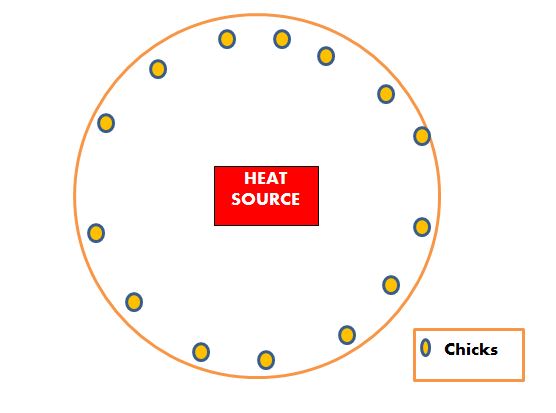
2. Too low temperature
It is very important to have the right temperature in the brooder house even before the arrival of the chicks. The rule is: heat the whole brooder house 5 hours before the chicks are brought in. This is necessary because the floor and litter take much longer time to warm up. The easy or simplest way to know when the temperature is low is when then your chicks huddle together close to the source of heat. You can also use a thermometer to check the temperature. The disadvantages of low heat/temperature are that the chicks would be chilled and grow slower, lighter and may come down with diseases. Additionally, the cost of feeding will increase because the chicks would be consuming more feed to keep themselves warmer.
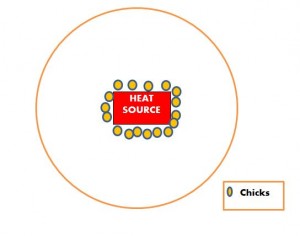
3. Less attention to hygiene
Newer poultry farmers don’t know that trouble starts when less attention is paid to brooder house hygiene. Poor hygiene and sanitation practices give room for parasites, bacteria and coccidia to attack/infect your chicks. Poultry farmers need to protect their chicks from microbial harm by providing bedding (dry litter) in the brooder house which will prevent the chicks from having direct contact with the floor as well as absorb spilled liquid or faeces. Chopped straw, rice hull, and wood shaving are some of the best materials to use as litter. The use of non-absorbent materials should be avoided.
For the deep-litter brooding system, litter should be regularly replaced with dry, new litter as soon as it becomes wet or caky to prevent the buildup of ammonia gas which predisposes chicks to respiratory problems such as Chronic Respiratory Diseases (CRD). To prevent litter from getting wet quickly, waterers should be made lower enough for the chick to reach. However, the waterers shouldn’t be made too low to a level that the chicks will find it easy to poop in them or contaminate them with litter. The rule is to keep the drinker/waterer and feeder at the back-height of the birds, and they should be cleaned out twice daily. Ensure that the drinker/waterer and feeder are all washed and sanitized every day before they are used to serve water and feed respectively.
4. No provision to prevent rodents
Did you know that chicks are highly susceptible to rodent attack? Chicks are the favorite delicacy of rats. This is just the truth. To prevent rodents from attacking your chicks, you must build your brooder house in such a way that rodents cannot gain access into the house. In addition, you must block all holes that rats or other predators can pass through. The gaps in the walls and doors should be sealed off and all necessary openings such as windows, roofs should be screened with 1/2-inch wire mesh. It is always a gory scene after rodents have attacked chicks. Therefore, prevention is better than cure.
5. Poor ventilation
Even though chicks in the brooder house don’t need too much air (draft), good air exchange (ventilation) is highly required. There will be a high accumulation of humidity and ammonia when a brooder house is poorly ventilated, thus promoting respiratory problems and diseases among the chicks. The vents in the brooder house allow free flow of air. To avoid draft, windows and doorways should be void of cracks and if there are any, they should be sealed. This is because draft is not good for temperature regulation in the brooder house.
Irrespective of your experience in brooding chicks, it is always important to be vigilant when it comes to brooder-house maintenance, as this will always help you to raise very healthy birds.
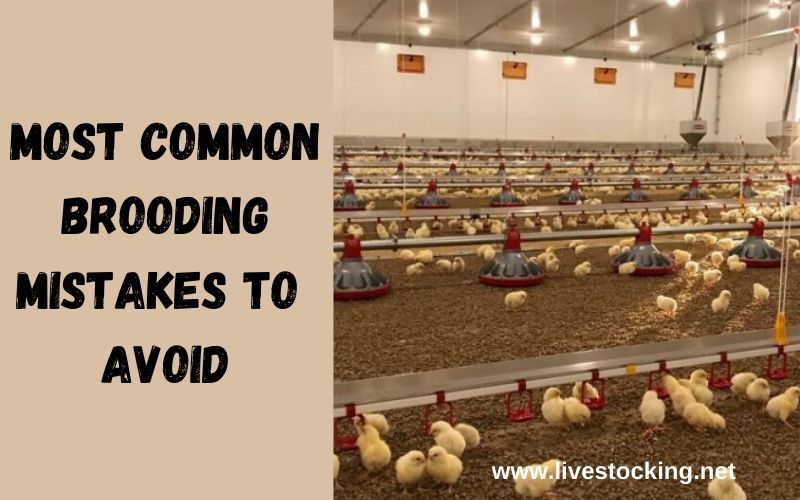
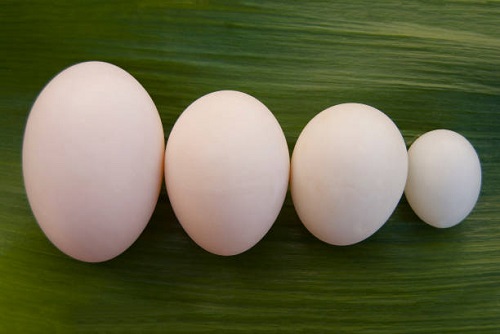
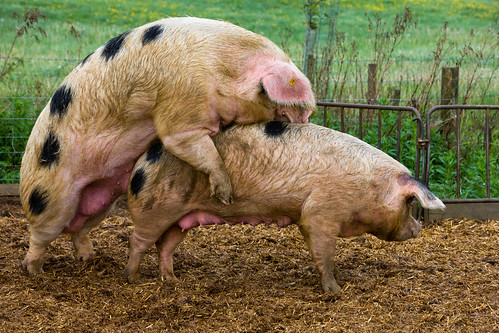
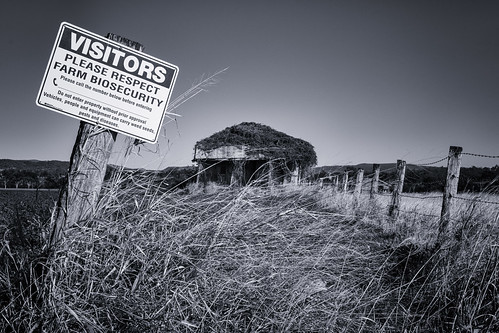
Comment:if farmers nowadays can go through this rules and regulations and preventions,it we be more profitable for them,this are tips to prevent birds from unwanted diseases.I really have more interest in this to boost my knowledge on poultry farm..
Thanks for your comment Sulaimon!
I am very impressed for the very important info that I have read and gotten from here, I wish I had visited this site before I believe I would have not made losses in my first attempt on this project. Nevertheless I’m sure I will be part of this site for more info and knowledge.
Once again thank you so much for the rich info you have for us. God bless Julius from Uganda